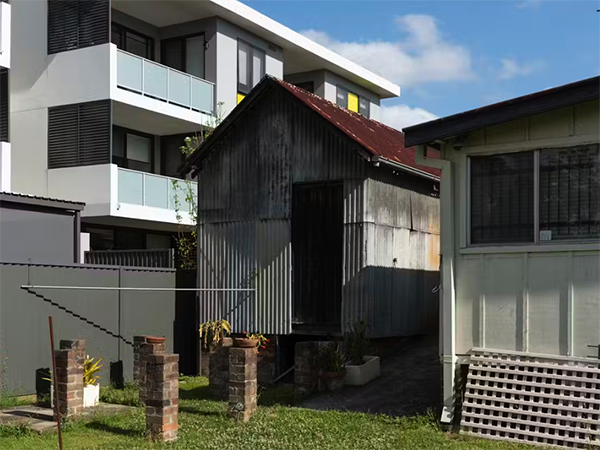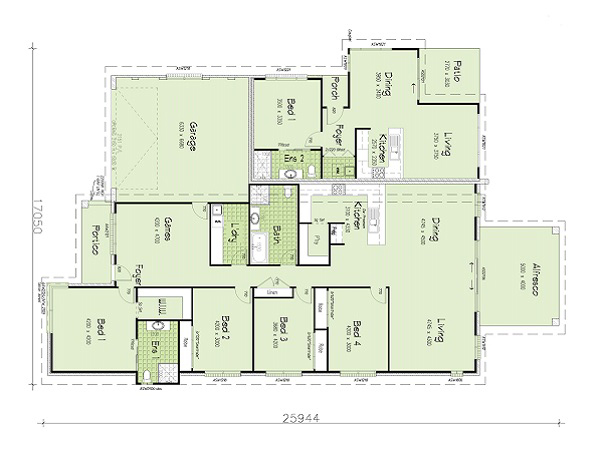What do we lose when our old suburbs disappear?
I live on the edge of Parramatta, Australia’s fastest-growing city, on the kind of old-fashioned suburban street that has 1950s fibros constructed in the post-war housing boom, double-storey brick homes with Greek columns that aspirational migrants built in the 1970s and half-crumbling, Federation-era mansions once occupied by people whose names still appear in history textbooks.
If you squat in a vacant property, does the law give you the house for free?
The idea of “squatters’ rights” has received a lot of media attention recently amid the grim reality of the Australian housing market.
How to protect your home from rising damp
Rising damp is a common problem for older buildings which occurs when moisture from under houses seeps upward into the internal walls.
Is doubling your home size a good option for you?
Renovating up instead of out is an ergonomic choice that thousands of families make across Australia every year.
A dark roof = spending $700/ year more to keep your house cool
If you visit southern Greece or Tunisia, you might notice lots of white rooftops and white buildings to reflect the intense heat and keep residents cooler.
Designer patios: The four best design ideas for your verandah
Patio vs alfresco: A patio is often confused for other similar home extensions like a deck, alfresco or a veranda. What makes a patio unique is its simplicity.
Taking another look at dual living house plans
Sometimes also referred to as dual occupancy homes, dual living homes are currently gaining in popularity across Australia. Unlike several other countries – including Japan, many European nations, and the US – they do not have a long history in this country
Australian homes are getting bigger and bigger but what about energy efficiency?
New Australian homes are being designed bigger and so require more energy for heating and cooling, wiping out potential gains in energy efficiency, according to our new research. The increasing energy demand is inconsistent with global efforts to tackle climate change and suggests Australia’s housing energy policy requires a radical rethink.
Urbanisation and tax have driven the housing crisis but COVID provides an important lessonost Name...
The paradox of Australian housing is the abundance of land – 7.5 million square kilometres of it – and the shortage of accommodation.










